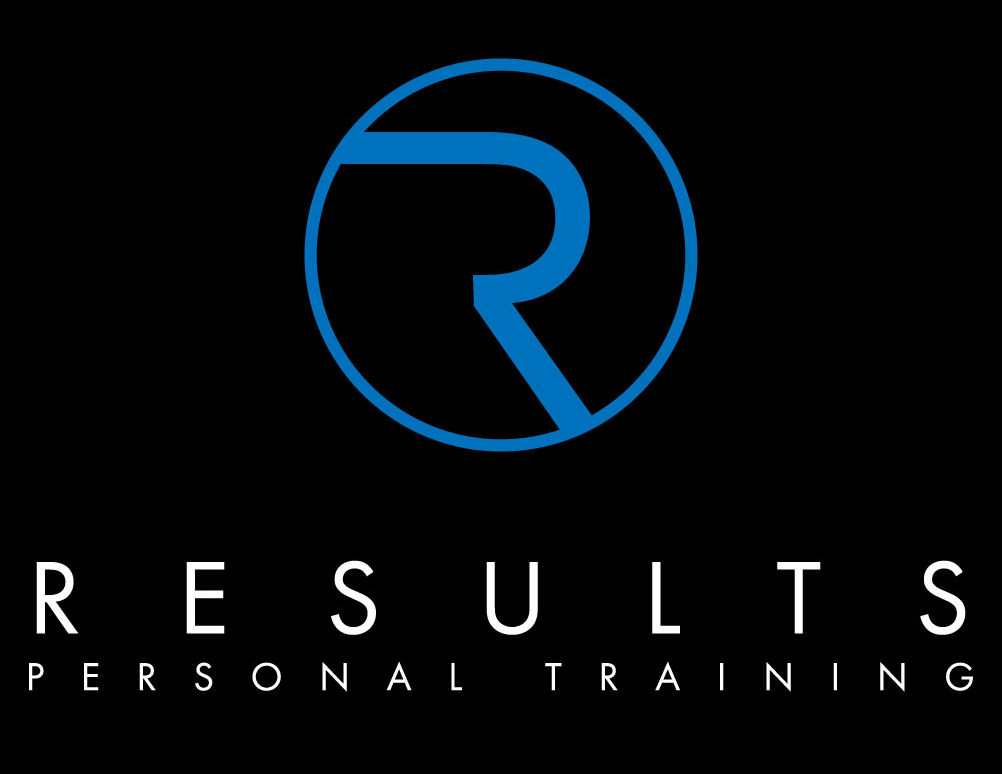Achilles tendon inflammation or Achilles tendinitis is a very common problem that causes pain in the Achilles tendon just above the heel. For most part the problem is caused by the tendon being put under too much strain.
In this article, Paul Miller, Personal Trainer and Bio-mechanic specialist shares his thoughts on Achilles pain.
I am going to do my best to explain some of the reasons why we put too much strain through the Achilles Tendon and what to do about it.
Some of the most common reasons why one suffers from Achilles problems include
- Recent increases in the amount of running or jumping
- A pronated foot decreases the Achilles ability to handle forces
- Typically those suffering have tight ankles and calves
Personally I believe it to be tight ankles that are a major cause of Achilles problems. Here is why…
Running and jumping aren’t inherently bad. In fact quite the opposite, but running and jumping on tight ankles, well that’s a different story.
Ankle tightness = shortened range of motion through the stride = strain
Why do ankles get so tight?
Too much plantar-flexion and not enough dorsi-flexion. Plantarflexion is to point the foot down and dorsi-flexion is to point the toe upwards.
Feet are plantarflexed
- When we wear high heels
- Through most of our running and walking stride
- While we are sleeping at night
- When we reach up and get something off a high shelf
- When we wear supported trainers with cushioned heels
In contrast we rarely dorsiflex, in fact I can’t really think of anything that really requires us to point our toes towards us
In all my years of testing nearly everyone with some kind of Achilles pain, they have had tight ankle joints.
The Protocol
Step 1 – Stop running and jumping
I know it sounds obvious but it always surprises me the amount of people I see that continue to go for a 10k run even though their Achilles are painful and sore. Instead opt for low impact exercises
Step 2 – Rest and maybe ice but maybe not
I say maybe ice because ice will definitely reduce the amount of inflammation but being holistically inclined I would say that when we get injured our super intelligent bodies go to work to create swelling and inflammation, bringing healing nutrients in the increased amount of blood to the environment. The pain and swelling is there to
- Aid healing
- Stop you from running/jumping
- To remind you that something isn’t right and maybe you should address it
Step 3 – Myofascial release or massage
When you get injured it is common to have micro trauma in muscles, joints and tendons. These micro traumas leave scar tissue and other gammy tissue. The only way to get rid of this scar tissue is to break it down with massage or myofascial release (self massage)
Think of it this way – if you put a knot (scar tissue) in an elastic band (muscle, joint, tendon) and then pull (stretch) it, what happens? Not a lot, if anything the knot gets more dense.
Step 4 – Increase ankle joint range
First off you need to test your ankle range of motion
Find a wall, with one foot in front of the other and your heel down see if you can touch your knee to the wall. If you can slide your foot back a little further, see how far you can get before your heel starts to raise. Measure the distance from your toe to the wall. Note; make sure your heel is on the floor.
Your goal is to increase that distance. As for mobility exercises, the first one I suggest is exactly the same as the test you use to measure ankle range. At the point of the end range of motion rock back and forth with your knee allowing for movement in the ankle joint.
The second mobility exercise is also the same however this time you are going to rock back and forth with your feet raised up on the wall
Step 4 – Stretch your calves AKA – Hang out more in dorsiflexion
The final step is to stretch out your calf musculature. Find a step and drop one leg down off the step holding for 2 minutes then repeat on the other leg
To Conclude
I am not a physio. If you do have any pain then I encourage you to go and see a physio. These recommendations are for educational purposes only and are not meant to treat or diagnose. This is by no means a definitive guide more a snapshot into what I have found to be effective.






Recent Comments